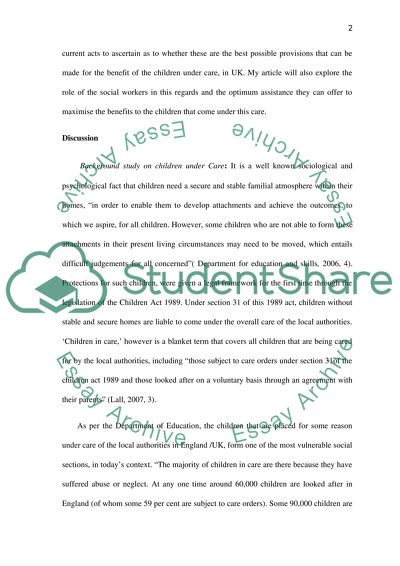Cite this document
(“Children on edge of care, and the role of social workers associated Essay”, n.d.)
Retrieved from https://studentshare.org/environmental-studies/1404901-which-children-are-on-the-edge-of-care-and-what
Retrieved from https://studentshare.org/environmental-studies/1404901-which-children-are-on-the-edge-of-care-and-what
(Children on Edge of Care, and the Role of Social Workers Associated Essay)
https://studentshare.org/environmental-studies/1404901-which-children-are-on-the-edge-of-care-and-what.
https://studentshare.org/environmental-studies/1404901-which-children-are-on-the-edge-of-care-and-what.
“Children on Edge of Care, and the Role of Social Workers Associated Essay”, n.d. https://studentshare.org/environmental-studies/1404901-which-children-are-on-the-edge-of-care-and-what.


